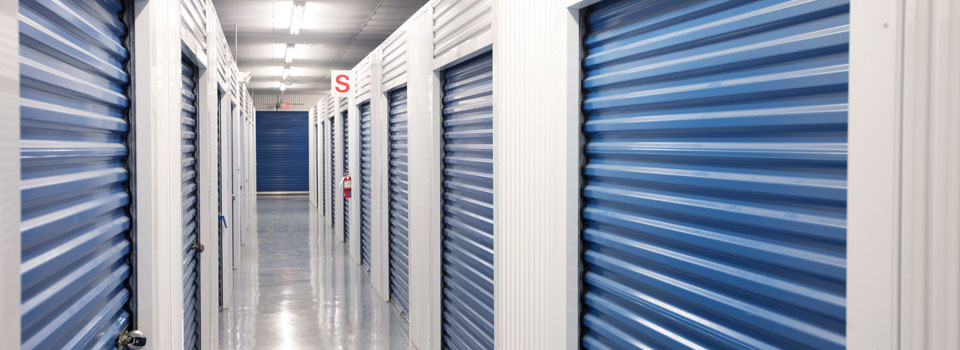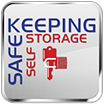10 Tips for Storing your Items
May 16, 2017

- Climate-controlled storage units will protect wood, leather and fabric items from damage created by things like moisture, humidity, and extreme temperatures.
- Before choosing a storage unit, be sure to write down measurements of your largest items such as furniture. Note the length, width and height so that you can choose the appropriately sized unit.
- Label everything. This will save you a lot of headaches when you return weeks, or months from now and can’t remember which bin contains which items.
- Place heavier items (such as books) at the bottom of bins so they do not damage your lighter items. Also, place books flat on their back and avoid standing them upright when possible to keep them in good shape over time.
- To store mirrors and framed pictures, do not store these items flat. We recommend keeping them upright and be sure to mark them as fragile.
- Another good tip if you’re stacking several layers of bins or boxes, is to lay plywood across the top of each layer which provides more stability allowing you to continue stacking even more bins. It will take the pressure off the tops of your boxes and help keep things safe.
- Whenever possible store kitchen appliances, TVs, laptops, computers and collectibles in their original boxes. This makes it easy to identify and provides the best protection for the item.
- We do not recommend placing other items inside your appliances to try to save space.
- When storing appliances, such as microwaves or refrigerators leave the doors open to prevent moisture build-up.
- Lastly, if you’re storing equipment with a gas engine, or with machinery oil, both products must be drained before storing. This will protect both your stored property and the property of others from the dangers of fire and explosion.

